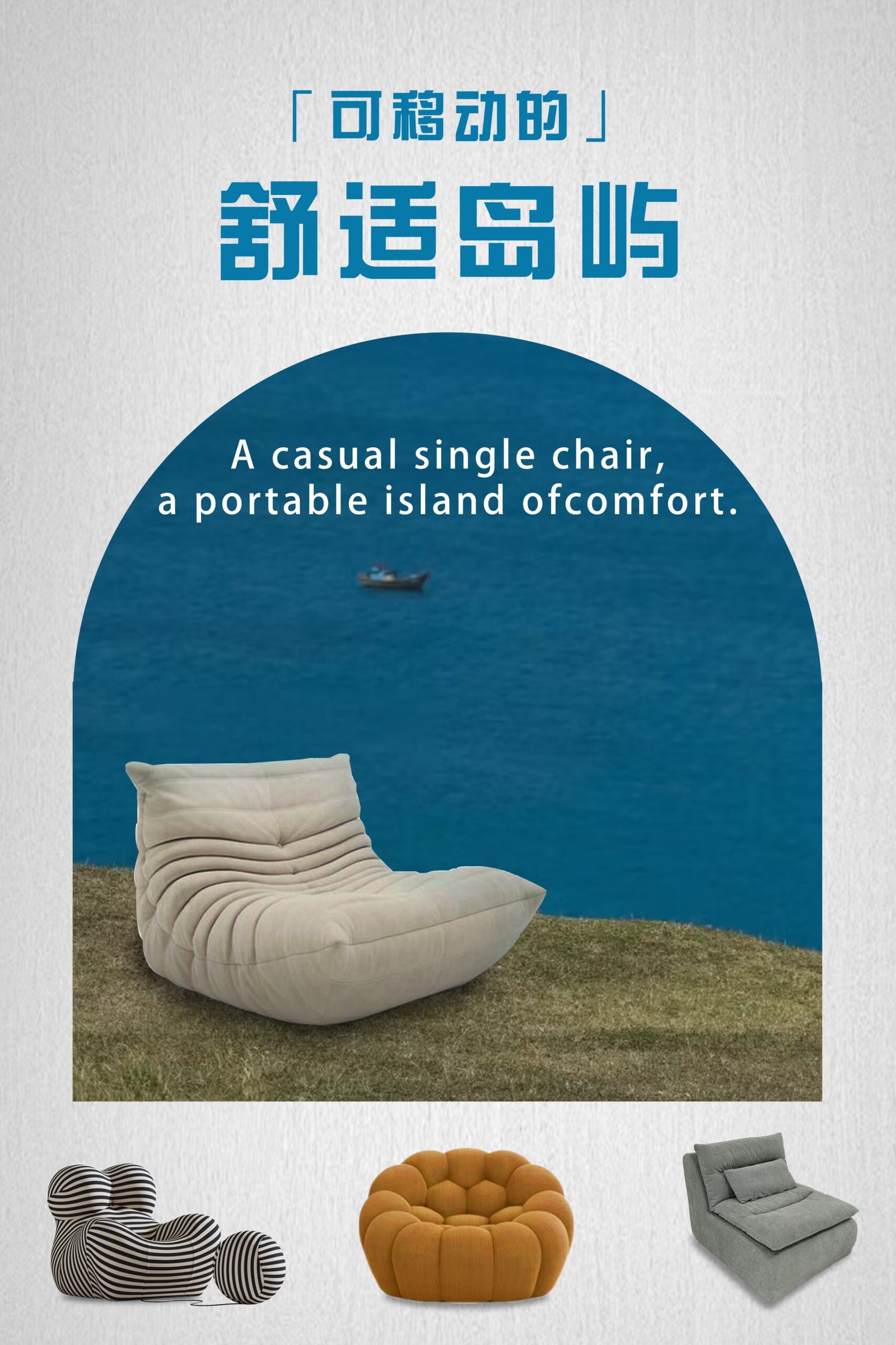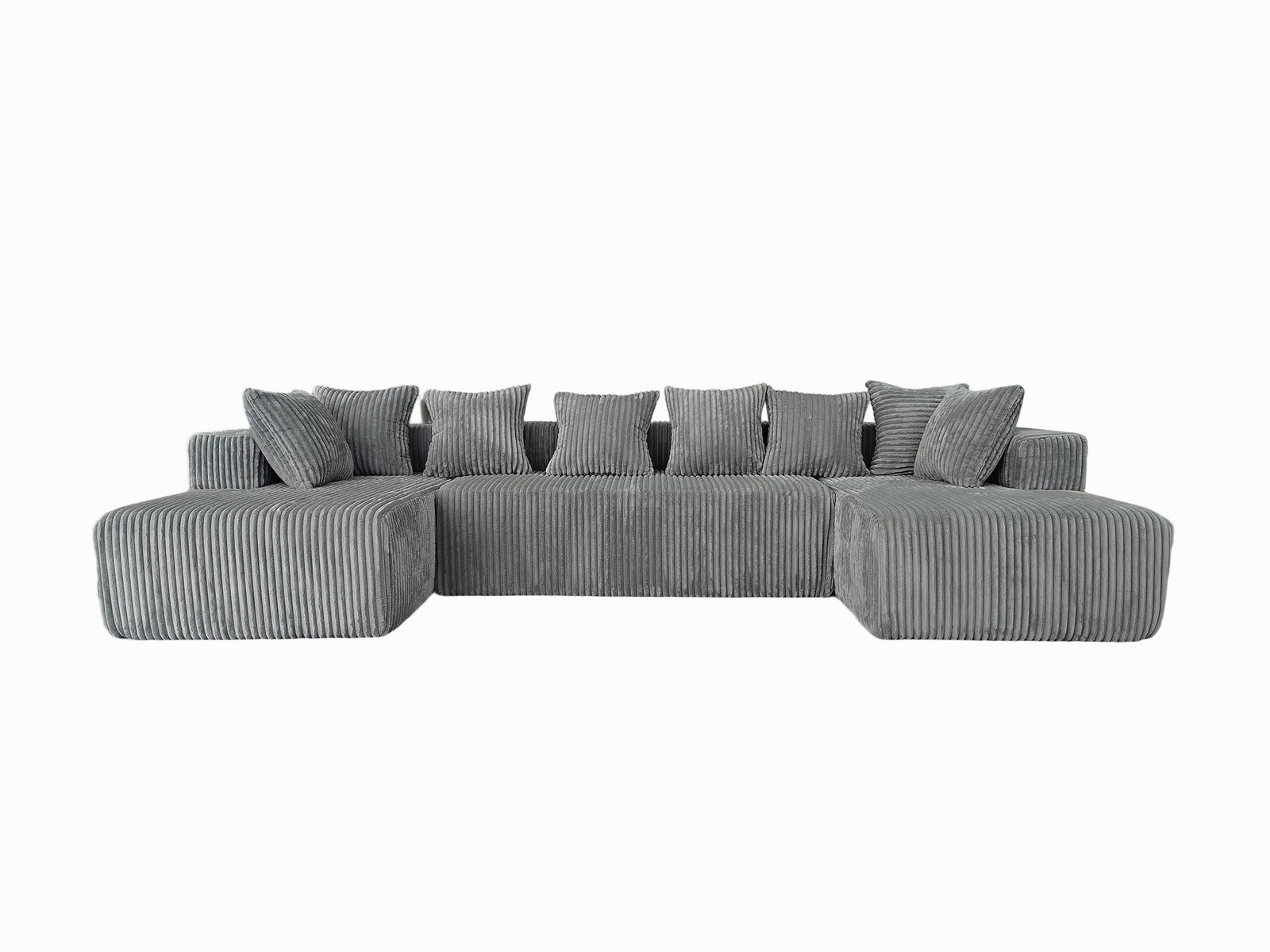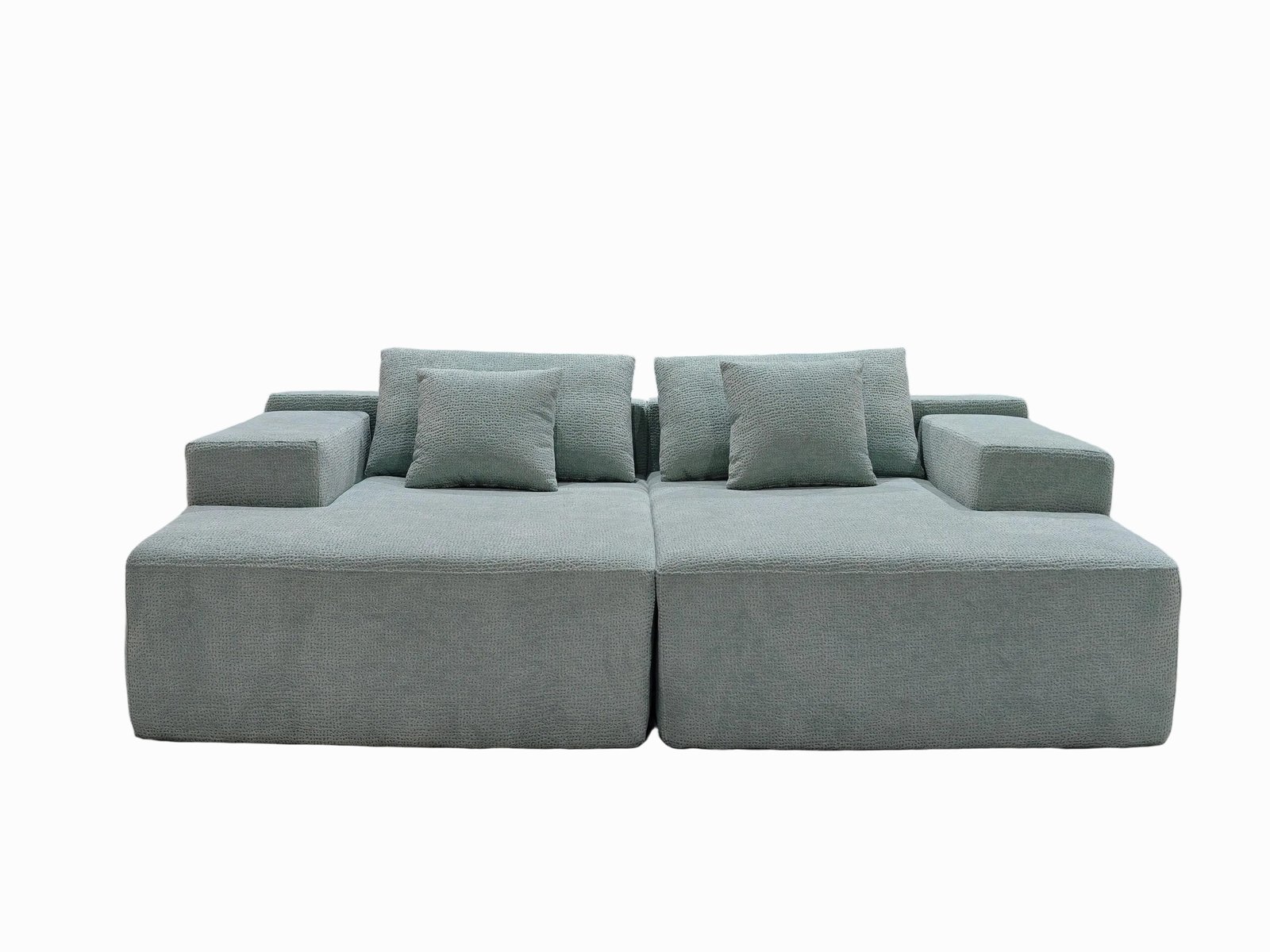
Spills happen. But for compressed sofas? Moisture is more than just a stain—it's the start of structural damage.
The best waterproofing method for compression sofas involves selecting water-repellent fabrics, applying protective coatings, sealing weak points, and maintaining regularly.
I’ve seen what one cup of coffee can do to untreated foam—it’s not pretty. That’s why I always take these steps before using or selling a compression sofa.
Why do compression sofas need waterproofing?

You can compress a sofa, but you can’t compress mold.
Because compression sofas are made of open-cell foam and fabric, moisture easily seeps in, leading to mold, odor, and deformation.
- Water damages foam structure over time
- Stains are harder to remove once absorbed
- Dampness ruins vacuum-compression ability
If the sofa will be used in humid climates, kids’ rooms, or rental spaces, waterproofing is a must—not a maybe.
What materials are best for waterproof compression sofas?

Start with fabric. It's your first barrier.
The most effective waterproof materials include treated polyester, faux leather, and PU-coated microfiber.
Fabric Comparison Table
| Fabric Type | Water Resistance | Comfort | Maintenance |
|---|---|---|---|
| PU-coated Polyester | ★★★★☆ | Medium | Easy |
| Faux Leather | ★★★★★ | High | Very Easy |
| Nylon Blend | ★★★☆☆ | Medium | Easy |
| Treated Microfiber | ★★★★☆ | High | Moderate |
I personally recommend PU-coated polyester for its balance of softness and resilience.
How to apply waterproof coatings?

Even the best fabric needs backup.
Use waterproof sprays or liquid coatings like silicone, polyurethane, or acrylic to seal moisture out.
Steps to apply:
- Clean the sofa with a lint roller or soft vacuum
- Spray evenly from 6–8 inches away (test on a hidden patch first)
- Let dry for 4–6 hours or as indicated
- Apply a second coat for outdoor or heavy-use areas
Brands I trust: Scotchgard™ Heavy Duty Water Shield, KIWI Camp Dry, or Rust-Oleum NeverWet.
Should I waterproof the cushions too?

Yes—because cushions soak up more than you think.
Use waterproof liners under cushion covers and treat outer layers with spray for full protection.
Cushion Protection Checklist:
- Vinyl liners or zip-sealed waterproof bags inside
- Detachable waterproof outer covers
- Spot-spray seams and zippers for extra defense
If you're DIY-minded, sewing custom liners from shower curtain fabric also works like magic.
How do you seal sofa seams and joints?

Water finds the smallest path—like through seams.
Use waterproof seam tape or upholstery-grade silicone to close gaps between fabric panels and zippers.
Where to seal:
- Back seams and cushion corners
- Zippers or folding joints
- Bottom layer stitching (especially for floor contact)
This step is often skipped—but it’s what separates amateurs from pros.
How do I maintain waterproof protection?

Waterproofing isn’t forever—it needs upkeep.
Reapply sprays every 6–12 months and clean gently to avoid stripping protection.
Maintenance Tips:
- Clean spills quickly with damp cloth + mild soap
- Avoid harsh scrubbers or solvents
- Air dry cushions after cleaning
- Reapply coating after deep cleaning or every season
A quick wipe once a week keeps both looks and function intact.
Conclusion
Waterproofing a compression sofa isn’t complicated—it just takes the right materials, coatings, and routine care. Protect the foam. Preserve the comfort.
Contact us via:
web: www.compressedsofahsm.com
Phone: +86 18025958116
E-mail: qilinmattress@gmail.com